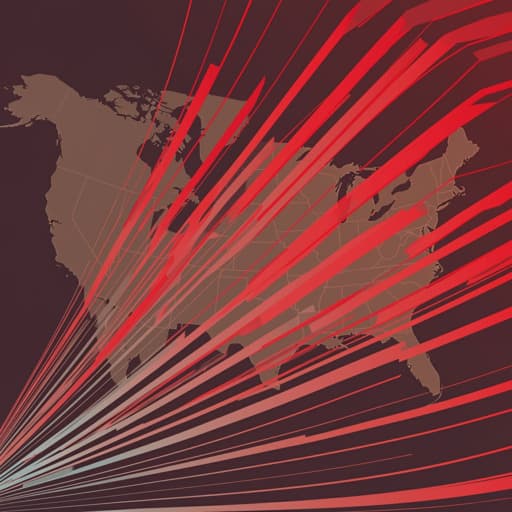
Medicine and Health
Trends in cigarette consumption across the United States, with projections to 2035
E. C. Leasid, D. R. Trinidad, et al.
This research by Eric C Leasid, Dennis R Trinidad, John P Pierce, Sara B Mcmenamin, and Karen Messer offers a compelling forecast of cigarette consumption in the United States through 2035. With insights drawn from 70 years of data, it reveals alarming state-specific trends and underscores a rising inequity in consumption rates that demands targeted tobacco control strategies.
~3 min • Beginner • English
Related Publications
Explore these studies to deepen your understanding of the subject.







